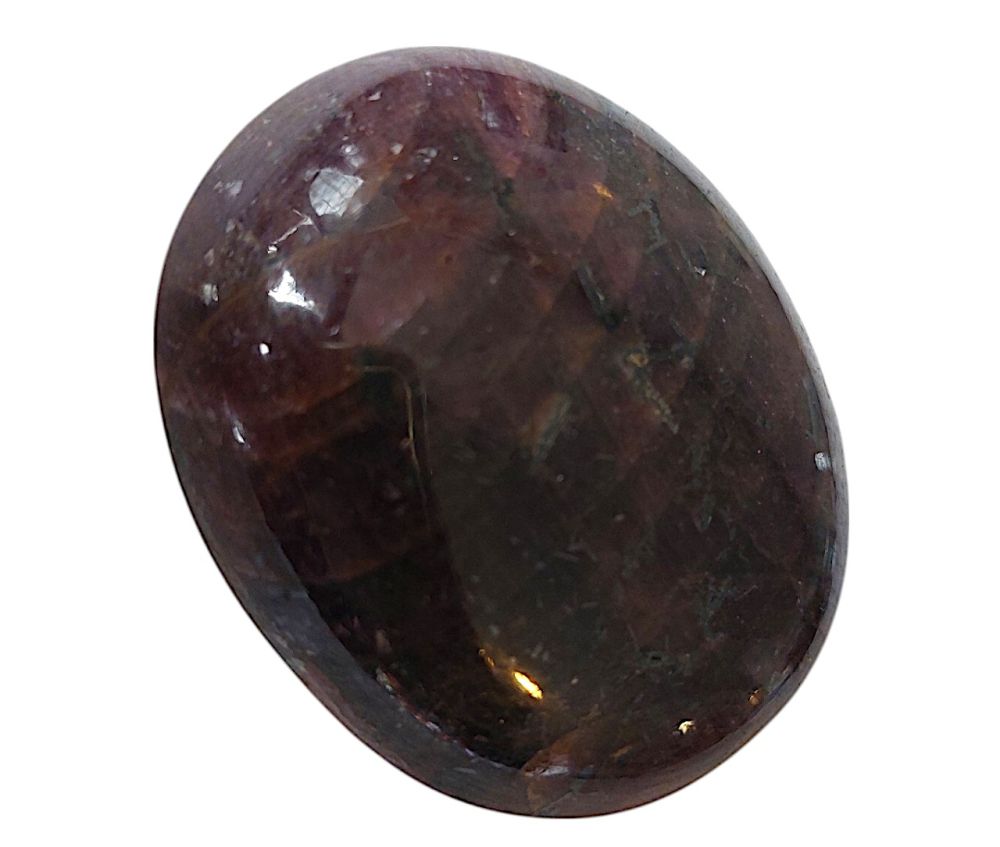We use cookies to make your experience better.
TimmersGems has a new website, existing customers also need to register again.
Ruby stones from Kashmir in India (25-40 mm)
Top quality material & top quality grinding & polishing, completely hand-finished.
Availability:
In stock
SKU
122391
Ruby (derived from the Latin ruber, "red") is a red gemstone, a variety of the mineral corundum in which the color is mainly caused by chromium. Natural rubies are exceptionally rare, while artificially produced ones are relatively cheap. In addition to the bright gemstone ruby, there is also the less bright semi-precious stone of the same name. This stone has been valued since ancient times. The oldest written sources on the mining of rubies mention quarries in Burma. From there, the stones came via trade routes to the courts and temples of the ancient Egyptians and Greeks. In the Middle Ages, rubies were also popular in Rome. Initially, they were worked into an oval shape. The very large and beautiful stones also have their own names. The ruby was considered the stone of life, which strengthens the heart and restores strength. In ancient times and the Middle Ages, rubies were attributed with magical powers. The Bible also acknowledges the value of the ruby, although some of the passages are concerned with the fact that there are treasures of greater value: wisdom is more precious than rubies (Proverbs 3:15) and the value of a good wife far exceeds that of rubies in the eyes of her husband (Proverbs 31). In Job 28, rubies are also mentioned as one of the treasures that man seeks in places where the priceless and unfindable wisdom of the living God cannot be found. It should be noted, however, that what is sometimes identified as a ‘ruby’ in the Statenvertaling (Dutch translation of the King James Version), is referred to under completely different names in some other translations. In this interpretation, one must take into account what was regarded as valuable in the culture and at the time when the translation in question was written. Ruby also has a mythological meaning. The ruby is one of the ‘nine precious stones’ in the Thai Order of the Nine Gemstones. Rubies are mined in Africa, Asia and Australia. They are most commonly found in Burma, Sri Lanka, and Thailand, although they have also been found in Montana and South Carolina. Rubies have a hardness of 9 on the Mohs scale of hardness, and are second only to diamonds among natural gemstones. Other varieties of corundum are called sapphires. Ruby semi-precious gemstones are valued according to various characteristics such as size, color, clarity, and cut. All natural rubies have imperfections, and only man-made rubies can be completely free of imperfections. The fewer and less noticeable the imperfections, the more valuable the ruby, unless there are no imperfections at all (i.e. a "perfect" ruby), in which case it may be a man-made ruby. Some man-made rubies have additives added to them so that they can be identified as man-made, but most require the services of a specialized appraiser to determine their exact value.
| Dimensions | 25-40mm |
|---|---|
| Country of Manufacture | India |












